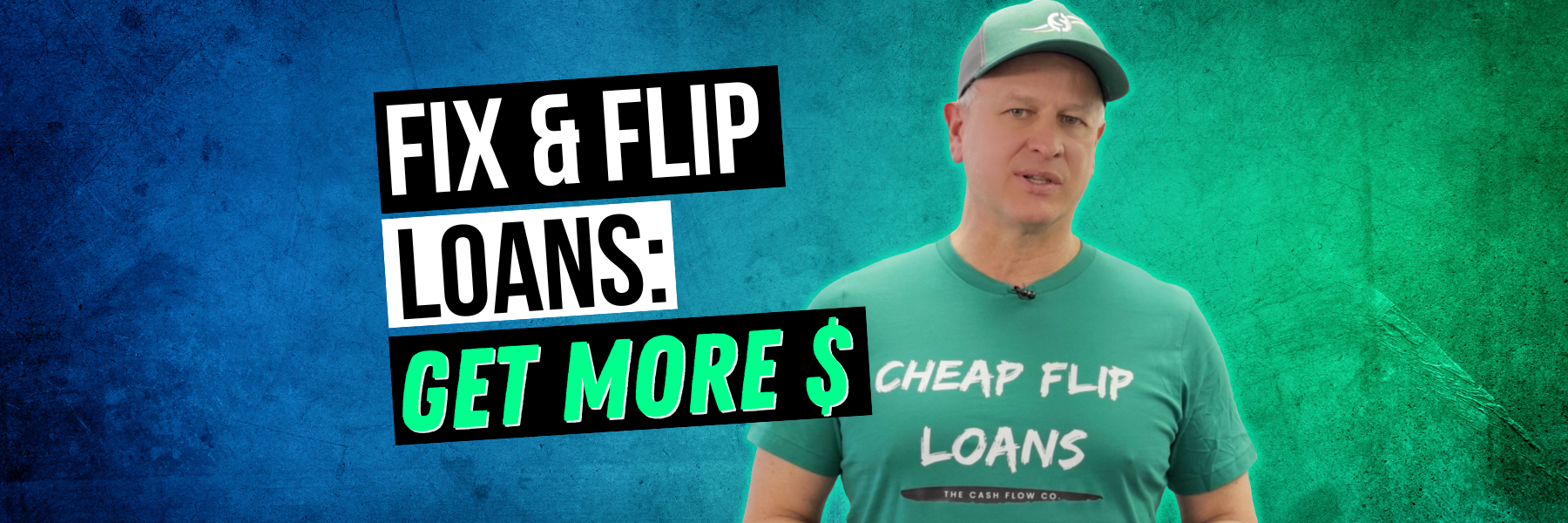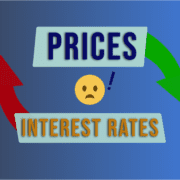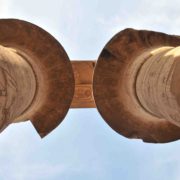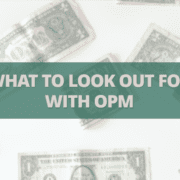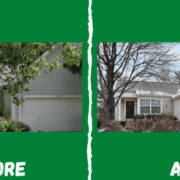Fix and Flip Loans Explained: Get More Money For Your Deals
Categories: Blog Posts
How much do fix and flip loans cost? Here’s a quick breakdown.
There’s a way to set up a fix and flip project to minimize financial surprises.
It all comes down to your loans and understanding the money side.
Here’s a breakdown on how fix and flip loans work – and how you can get more money for your deals.
What Is ARV?
The first number to know in a fix and flip loan is called ARV, or after-repair value. This is the amount you could sell the property for after it’s been fixed up.
Why is this number so important? While loans on regular properties are based on the purchase price, fix and flip lenders loan based on the ARV.
For example, most fix and flip lenders in this market lend 70% of the ARV. As an example, on a property with an ARV of $200k, you could get $140k in your fix and flip loan (aka, 70% of $200k).
On a property that will be worth $500k after rehab, you could likely get a maximum of $350k on a fix and flip loan.
Other LTV Requirements for Fix and Flip Loans
Generally, the loan you get is based on LTV. However, that doesn’t mean that’s the exact amount the lender is going to give you.
In a fix and flip, there are two major costs: the purchase price and the rehab costs. How much the property is and how much it will take to fix it up.
Your fix and flip loan will cover a certain percentage of these two costs.
For example, in this market, if you’re a seasoned investor, they’ll lend you 85% of the purchase and 100% of rehab. This means that with any project, you’ll have to find a way to fund a 15% down payment on the purchase. But the fix and flip loan will pay for all the rehab.
As a quick example, let’s look back at that $200k ARV house. The lender will give you 70% of that amount (so $140k), but they’re still restricting purchase to 85% and rehab to 100%.
So this example might play out like this:
- ARV: $200k
- Maximum LTV: $140k
- Actual as-is purchase price: $120k
- Rehab budget: $20k
- Actual LTV for purchase: $102k
- Actual LTV for rehab: $20k
- Total actual LTV: $122k
- Amount needed for down payment on purchase: $18k
Reserves Requirements for Fix and Flip Loans
In addition to understanding LTVs and down payment amounts, another important cost to understand for fix and flip loans is reserves.
Reserves are the other amounts of money a fix and flip lender might require you to have. Here are the most common reserves requirements:
- 6 months of interest payments in an account. They want to be sure if anything comes up, you’ll have the funds to make those payments.
- Closing costs. You’re purchasing a property that’s going through a closing agent. You’ll have to pay the costs for that closing agent, plus any lending closing cost.
- Monthly payments. Loan costs and other “carry costs” will come up monthly for the property while you’re fixing it up. Don’t forget to include these in your budget.
- Other lender requirements. Every fix and flip lender might have slightly different cost and reserve requirements.
How to Maximize Your Fix and Flip Loans
Remember, if your lender tells you they’ll give you 70% of the ARV, there’s more to the story than that.
Know the actual criteria you need for each flip, and always look for the highest LTV lenders. 70% is the average in the current market, but some lenders can offer closer to 75% or give you 90%+ for the purchase.
Want to be able to compare these costs from multiple lenders at once? Download this free loan analyzer.
Have more questions about fix and flip loans? You can reach out at Info@TheCashFlowCompany.com.

